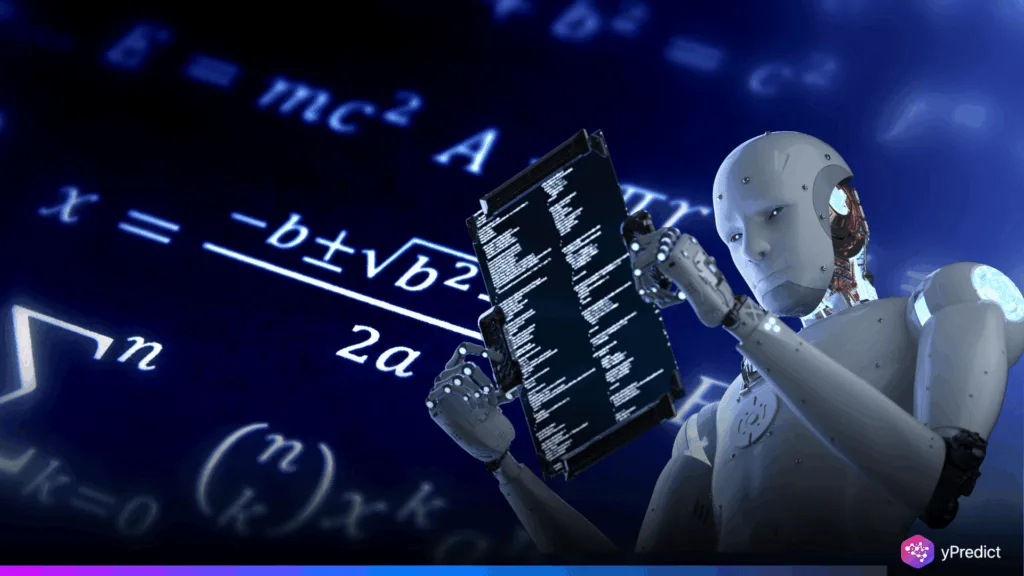
An AI model breakthrough has surprised experts in the field. It consists of solving a Tier 4 complex number theory problem in FrontierMath. Dan Romik, a professor at UC Davis, wrote the problem, which had previously received praise for its complexity and creativity. Additionally, OpenAI used an early iteration of its O3 model in a specific “high reasoning” environment to assess the issue.
The AI only resolved the issue once, after 32 tries, which was sufficient to draw attention. Romik called the solution a turning point in AI’s capacity for creative problem-solving and reasoning. He also complimented it for being in line with his approach.
AI Model Breakthrough Shows Surprising Math Skill
In OpenAI’s evaluation, the o3 model successfully solved one of the most difficult Tier 4 number theory problems. After several unsuccessful attempts, it finally came up with an accurate and comprehensive solution. Additionally, unlike earlier AI attempts, this effort combined intuition and numerical computations rather than merely relying on formulas.
The reasoning trace of the model was fully accessible to Dan Romik, the original problem creator. He remarked that the AI model breakthrough demonstrated excellent coding abilities and a thorough understanding of asymptotic action. The model also enhanced its path to the solution by creating and executing unique programs to test complex ideas.
Romik pointed out that the model imitated his strategy, demonstrating both creativity and intelligence. The ability to reason was surprisingly strong, even though it still has trouble with logical structure and precise argumentation. Therefore, the model compensated for its shortcomings by using strong numerical computations and adaptive problem-solving.
Tier 4 Puzzle Falls After Persistent Model Effort
This new outcome affects all four of the main areas of mathematics. These include analysis, algebraic geometry, number theory, and combinatorics, where AI has resolved Tier 4 problems. The fact that the most recent number theory problem was among the hardest demonstrates how uneven AI performance can be across different domains.
AI had previously only solved three of the 48 private Tier 4 problems. In these situations, models used irrational assumptions to simplify problems. However, this advancement in AI models marks a shift. This is using good logic, even if it isn’t always applied perfectly, to achieve success. Furthermore, the model’s combination of logical reasoning and flexible thinking establishes a new standard.
AI Model Breakthrough Opens New Chapter in Reasoning
Scientists are optimistic about this development but also cautious. It shows that AI is capable of handling complex mathematical reasoning and going beyond basic calculations. On the other hand, it also reminds us that the existing models still have clarity problems.
The combination of structured logic and numerical computations may become smoother as models like O3 develop further. AI is not yet replacing mathematicians, but it’s becoming a valuable assistant. Furthermore, AI systems demonstrate an increasing capability with each new problem that was previously thought to be decades away.
The real question now is: what happens when AI starts solving problems no human has ever cracked?






